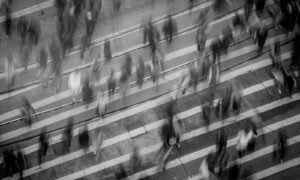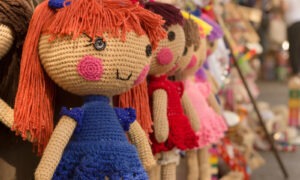The fear of mirrors is known as Catoptrophobia. This phobia can occur in response to insecurities about physical appearance and body image.
Reasons For This Phobia
Catoptrophobia is often the product of fears about the appearance. In our beauty-obsessed culture, issues like aging, wrinkles, skin conditions, and hair care are always relevant. Whether we like it not, we are judged on appearances. Career, relationships, and success may even be impacted by the way we look. Fearing mirrors can be a sort of turning away from the uncomfortable truths many people must face, with regard to their physical selves.
Cause and Effect
Fearing mirrors can manifest itself in different ways. Some people may become ill-kempt or slovenly, because they refuse to deal with their insecurities and fears about looking good. Conversely, extreme vanity can drive this phobia. When you have spent too much time focusing on externals, you may become paranoid or phobia about your face and body. Avoiding mirrors can provide a welcome sense of relief and distance from fears. But the phobia itself is usually a red flag and should be examined in depth.
Who Is The Fairest Of Them All?
From Snow White’s enemy, the evil queen who asked the mirror, “who is the fairest of them all?, we find some answers about vanity and mirrors. The queen faced the mirror in order to be reassured and to have her vanity reinforced by her own reflection. When she had to face the truth, that Snow White was fairer than she, she became cruel and vindictive.
Many models and actresses fear aging, because it signifies a loss of work, recognition, and income. They rely on plastic surgeons and cosmetics to create a more youthful image. However, noone can really stave off the march of time forever. Eventually, our skin loses elasticity and plumpness, and youth departs. For some who earn a living with their face, the mirror can turn cruel.
Looking Within
Fearing the mirror is, quite simply, fearing oneself. To love yourself, you must address your insecurities and conquer them. Therapy or panic treatments can help to soothe the worst aspects of Catoptrophobia. There are also many different ways to rebuild self-esteem, which comes from the inside. Shoring up confidence and self-worth through community involvement, intellectual accomplishments, and creative hobbies can go a long way to lessening the importance of beauty in someone with this phobia. Self-love can be a challenge, but it is worth striving for.
The mirror is inescapable. If some perceived defect in one’s appearance, such as a mole, birthmark, or acne condition, drives the phobia, you should know that modern science allows for some resolution of these conditions. Chemical peels, lasers, and even Botox for frown lines can instill new confidence. If a certain feature, such as a prominent nose, is part of the problem, rhinoplasty can be considered.
Disorders such as Body Dysmorphic Syndrome often warp a person’s ability to see themselves as they really are. This syndrome can wreak havoc with self-image, and it usually develops as a result of deep insecurities with face and body image. Someone with this phobia may be thin, fit, and even beautiful, but they will look into a mirror and see a fat, ugly person. Even stunning actresses, such as Uma Thurman, struggle with BDS. Therapy and education can ease the syndrome.
Loving Yourself Is The Answer
Fearing the mirror should be a warning sign, one that ignites an interest in looking inward and finding solutions to issues related to body image. In most cases, anyone can be considered attractive if they groom themselves carefully, and put in a little effort, through diet, exercise, and hair and makeup. We are all born with certain flaws and attributes that contribute to being individuals. Finding a way to love yourself, in your natural state, is the key to staring into the mirror and liking what you see.
The fear of mirrors is also referred to as:
- afraid of mirrors
- mirror fear
- mirror phobia




















